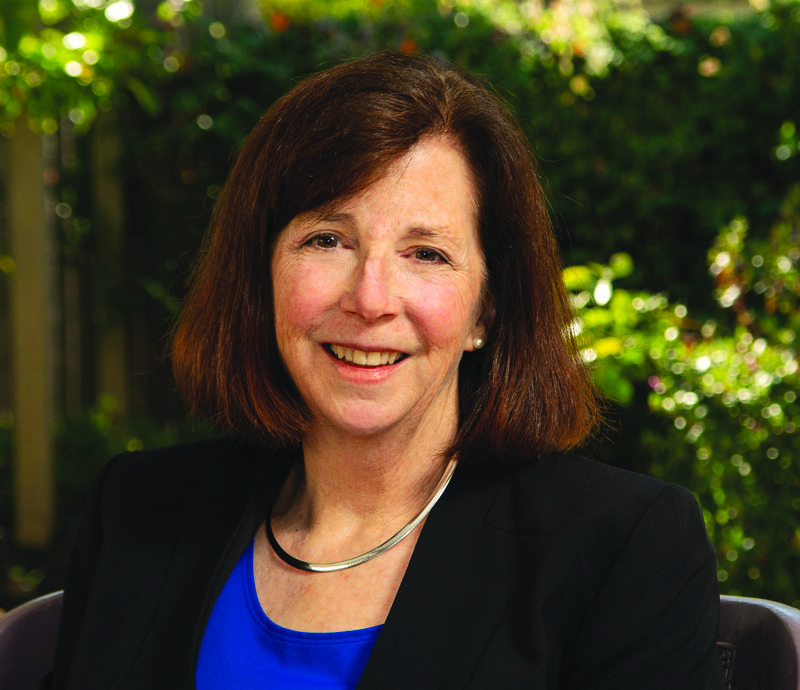
Macke Raymond
A year ago, New York’s governor, Kathy Hochul, a Democrat, proposed to adjust a state cap on charter schools, publicly funded but privately run schools that have become a locus of innovation and controversy in American education. Ms Hochul’s plan was not ambitious, but it would have allowed dozens of new charter schools to open in New York City, where they already attract about 15 percent of public school students and even as thousands of families languish on waiting lists. But the governor’s plan drew fervent protests from fellow Democrats, including state legislators aligned with teachers’ unions. After a bruising fight, the governor had to settle last autumn for a small increase.
The relative neglect of charters comes just as fresh evidence has arisen that they are successful. Last June, a comprehensive new study emerged from Stanford University. It is the latest of three national studies carried out over two decades by the Centre for Research on Education Outcomes (CREDO).
The centre’s June’s study, which used data from 2014-2019 show a positive trajectory over time. In all, 31 geographic locations studied (29 states, New York City and the District of Columbia), pupils in charters outperformed their traditional public school peers. Pupils gained the equivalent of six days of learning in maths and 16 days in reading each year. “We don’t see a revolution,” says Macke Raymond, the lead researcher of the Stanford studies. “We are seeing thousands of (charter) schools getting a little bit better every year.” Other recent studies such as research by Douglas Harris at Tulane University and investigators at the University of Arkansas also report positive results.
The latest CREDO report provides clear evidence of success and also describes which types of charter schools seem to be working best. Larger charter management organisations which run multiple schools at a time, have better results than stand-alone charters. There were also hundreds of successful charters where disadvantaged pupils (black, Hispanic, poor pupils or English-learners) performed similarly to or better than their more advantaged peers.
Charter enrolment is growing and the schools’ impact on American children is substantial. In 2021, about 4 million public school pupils studied in charters, more than double the number enrolled back in 2010. Forty-five states and the District of Columbia allow them. In Chicago, where 15 percent of public school students enroll, black and Hispanic families are disproportionately represented, as is typical in cities that offer them. In poverty-stricken Philadelphia, a third of public school children are educated in charters.
Vouchers offer political benefits because they are attractive to religious, home-schooling and suburban voters. Amid great fanfare, Arizona, Arkansas, Florida and other Republican-led states have passed laws allowing parents to use vouchers to direct public dollars to private schools they choose, including religious ones. “Republicans have long been supportive of charter schools even though most of their constituents do not attend,” says Michael Petrilli of the Fordham Institute, a think-tank. However, school-choice plans “can result in money actually in the pockets of Republican constituents… and so I think that has obvious appeal.”
Also read: Redesigning the American high school























